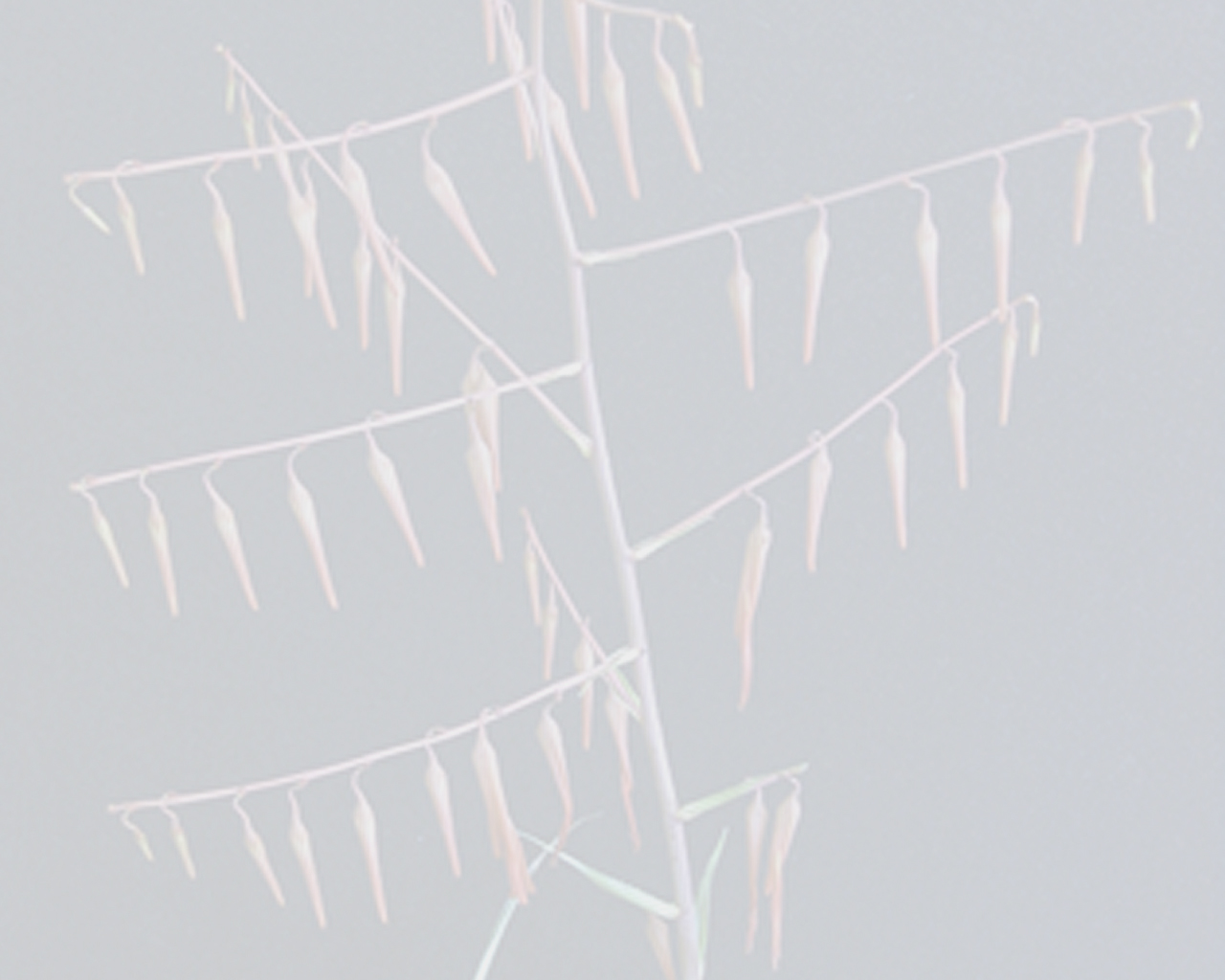Pitcairnia orchidifolia Mez
Taxonomic Change:
- There is some confusion as to the proper application of this name; the original description indicates that all of the leaves are alike, but more recent collections identified as this species have reduced, spiny, outer leaves. It is possible that the type collection (Pittier 8931, US, VEN) is incomplete or that the more recent collections are incorrectly identified. —See Holst 1997 p. 644
Literature references:
*move your mouse pointer over the page numbers to see comment
Comments:
- An extreme form of seasonal leaf-change is observed in Pitcairnia orchidifolia. It grows on vertical, half-shady rock walls (fig. 6), and one finds them in the dry period only in form of compact thickets of spiny, above ground bulbs. The outer layers of these bulbs form dry, dark - brown bases from leaves, whose blades are reduced spiny stalks. A cross-section shows that in the inside of these bulbs as well as being chlorophyll-free, are succulent plants providing storage functions in the bark-tissue of the short shoot for the next regeneration leaves. With the onset of rain there emerges lanceolate leaves that are neither succulent nor strong walled. This ends with the growth of the main stem and formation of an inflorescence. Side-sprouts develop at this time at the base forming small spiny bulbs, and so, P. orchidifolia survives the next dry period (translated Derek Butcher). —See Groger 2005 p. 8

